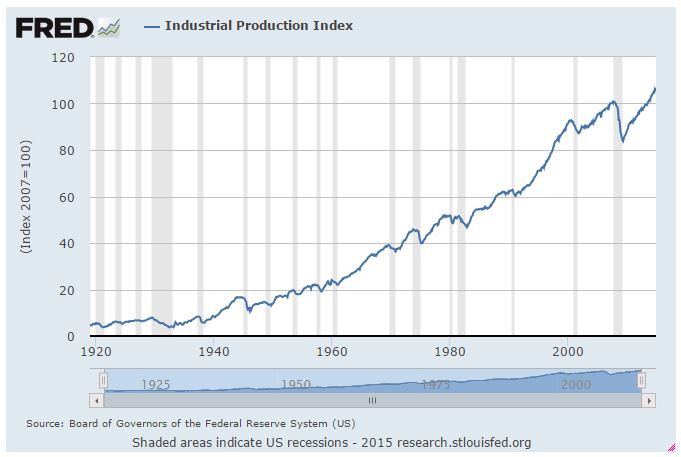(Cross-posted from a post on 8/22/14 from my other blog, Attestation Update. I’m accumulating all my posts on transportation time and prices in the past here on this blog. Someday plan to link them together to tell a larger story.)
Hadn’t thought about that question too much, but when Jacob Soll mentioned it in his book, The Reckoning: Financial Accountability and the Rise and Fall of Nations, it got me thinking.
He gives the following info:
In his Natural History, Pliny states that in 49 BCE , the year Caesar crossed the Rubicon, the Roman treasury contained 17,410 pounds of gold, 22,070 pounds of silver, and in coin, 6,135,400 sesterces.
Soll, Jacob (2014-04-29). The Reckoning: Financial Accountability and the Rise and Fall of Nations (Kindle Locations 276-277). Basic Books. Kindle Edition.
I don’t think in terms of pounds of gold or silver and I don’t know what a sesterce is or what it is worth. But I do know how to search the ‘net.
I share this on my Nonprofit Update blog and cross-post it here at Attestation Update because I enjoyed it and think it might be some fun trivia for accountants and people working in the faith-based community.
By the way, Prof Soll’s book is superb. Just got started reading it and think I will find lots of little tidbits to share. More on that idea in my next post.
How much is that worth?
Continue reading “How much wealth was in the Roman treasury in 49 B.C.? How about annual tax revenue under Augustus?”







